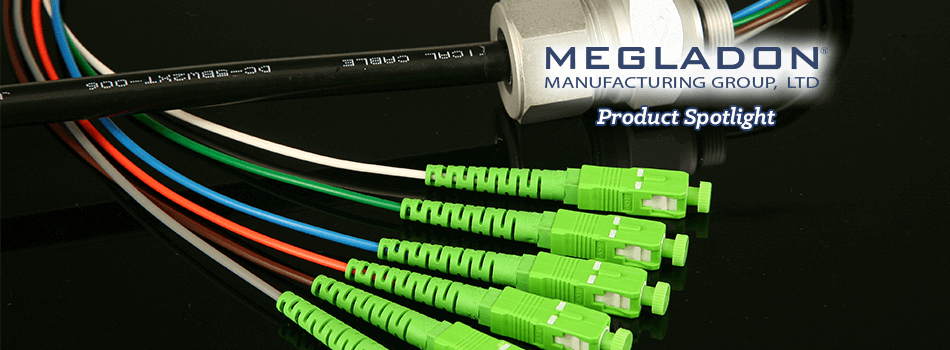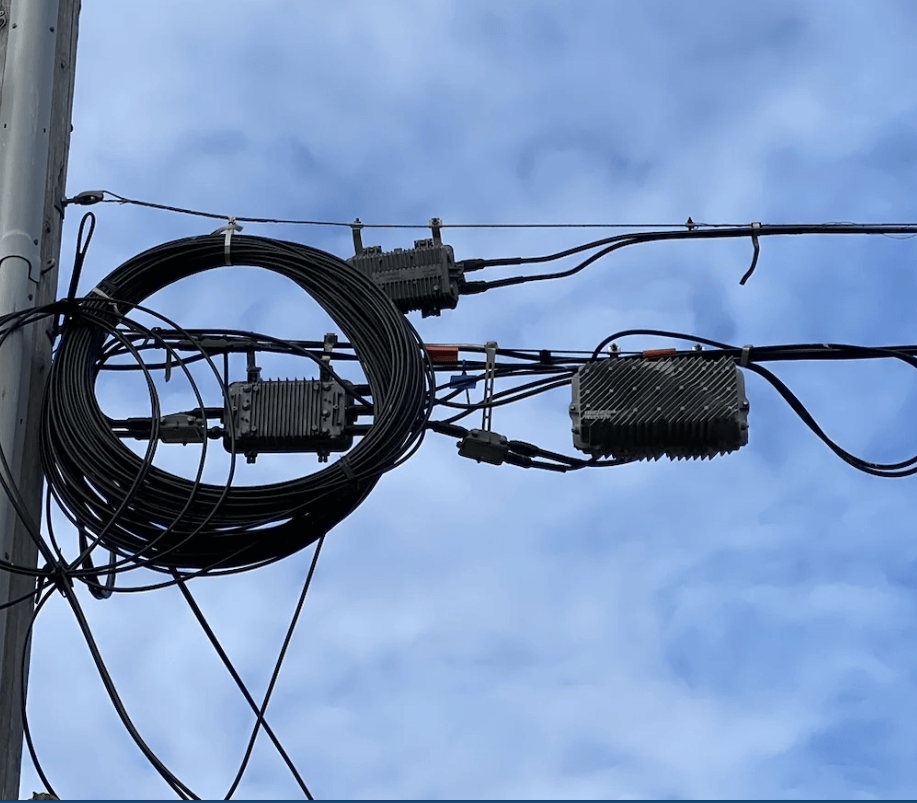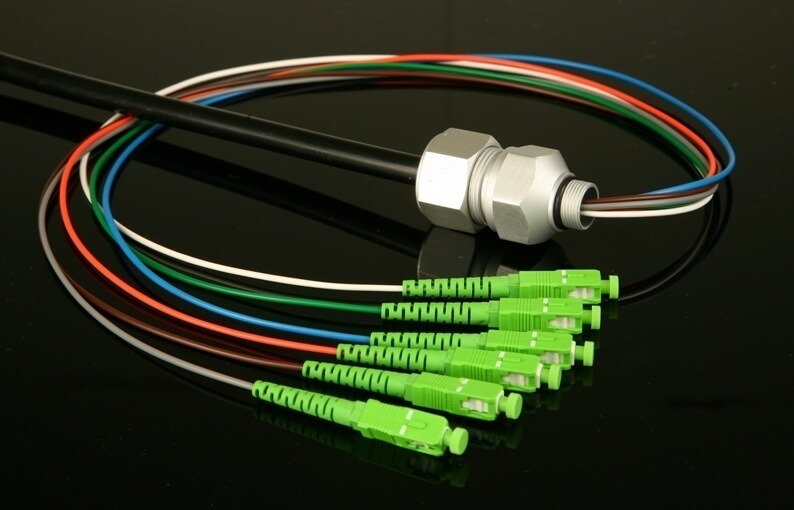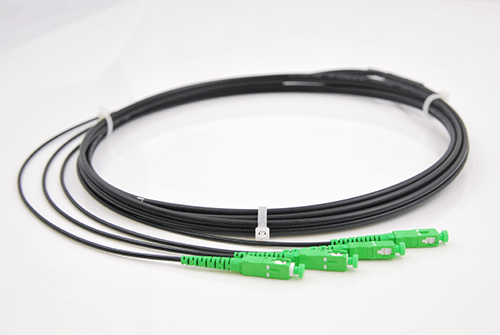
What is a fiber optic ‘node tail’ assembly?
A fiber node tail is the end of a fiber optic cable that connects to a device or network node. This device is usually an optical network terminal (ONT) or a network interface device (NID) in a fiber to the home (FTTH) network. The term “tail” in this context refers to the fact that the cable is coming to an end and connecting to a specific device or location, which is the node.
The ONT or NID is responsible for converting the optical signal that is carried by the fiber optic cable into an electrical signal that can be used by the devices connected to the network. This conversion is done using an optical-to-electrical converter, which is typically located within the ONT or NID.

A fiber node tail is the end of a fiber optic cable that connects to a device or network node. This device is usually an optical network terminal (ONT) or a network interface device (NID) in a fiber to the home (FTTH) network. The term “tail” in this context refers to the fact that the cable is coming to an end and connecting to a specific device or location, which is the node.
The ONT or NID is responsible for converting the optical signal that is carried by the fiber optic cable into an electrical signal that can be used by the devices connected to the network. This conversion is done using an optical-to-electrical converter, which is typically located within the ONT or NID.
The fiber node tail is connected to the ONT or NID by splicing the fibers of the cable to the corresponding fibers on the device. This is done using a fusion splicing technique, which uses heat to fuse the ends of the fibers together, creating a permanent and low-loss connection. This connection is important because it ensures that the signal is transmitted with minimal loss, ensuring a high-quality and reliable connection.
It’s important to note that the fiber node tails are also the point where the operator or service provider connects their network to the customer’s premise equipment. These tails are usually protected by a suitable protection device to prevent any unauthorized access or damages.
Why does a fiber optic node tail usually contain a metal grommet?
- Protection: The grommet provides a protective barrier around the fibers where they exit the cable. This helps to prevent damage to the fibers from external forces such as bending, twisting, and crushing.
- Waterproofing: Grommets are often used to seal the entry point of the fibers through a wall or other barrier. This helps to prevent water or other liquids from entering the cable and damaging the fibers.
- Strain relief: The grommet also helps to distribute the forces applied to the cable more evenly, which can reduce the risk of damage to the fibers caused by excessive pulling or pushing on the cable.
- EMI/RFI Shielding: In some cases, the grommet may have metallic properties that provides shielding against electromagnetic interference (EMI) or radio frequency interference (RFI), which can cause signal loss or degradation.
- Aesthetics: Grommets can also be used to cover up the entry point of the fibers through a wall or other barrier, providing a clean and finished look.
Overall, the metal grommet is an important component of a fiber optic node cable, as it helps to protect the fibers and ensure reliable performance of the network.

Photo of a Fiber Optic Node Tail with Metal Grommet and SCAPC Connectors
Singlemode Node Cables – Benefits & Applications

KEY BENEFITS
- SCRATCHGUARD® Durable Mating Surface
- Cable grommet with 5/8” NPT thread, watertight
- Hytrel Furcation Tubing for temperature insensitivity
- HLC Connectors for best-in-class durability and optical performance
- Available with all Major Connector Types
- Custom length and breakout types available
- 2-12 fiber available
- Variety of SM glass types available, including bend insensitive
APPLICATIONS
- CATV (Cable Television)
- Broadband Networks
- Connect Optical Distribution to Backbone Fiber

